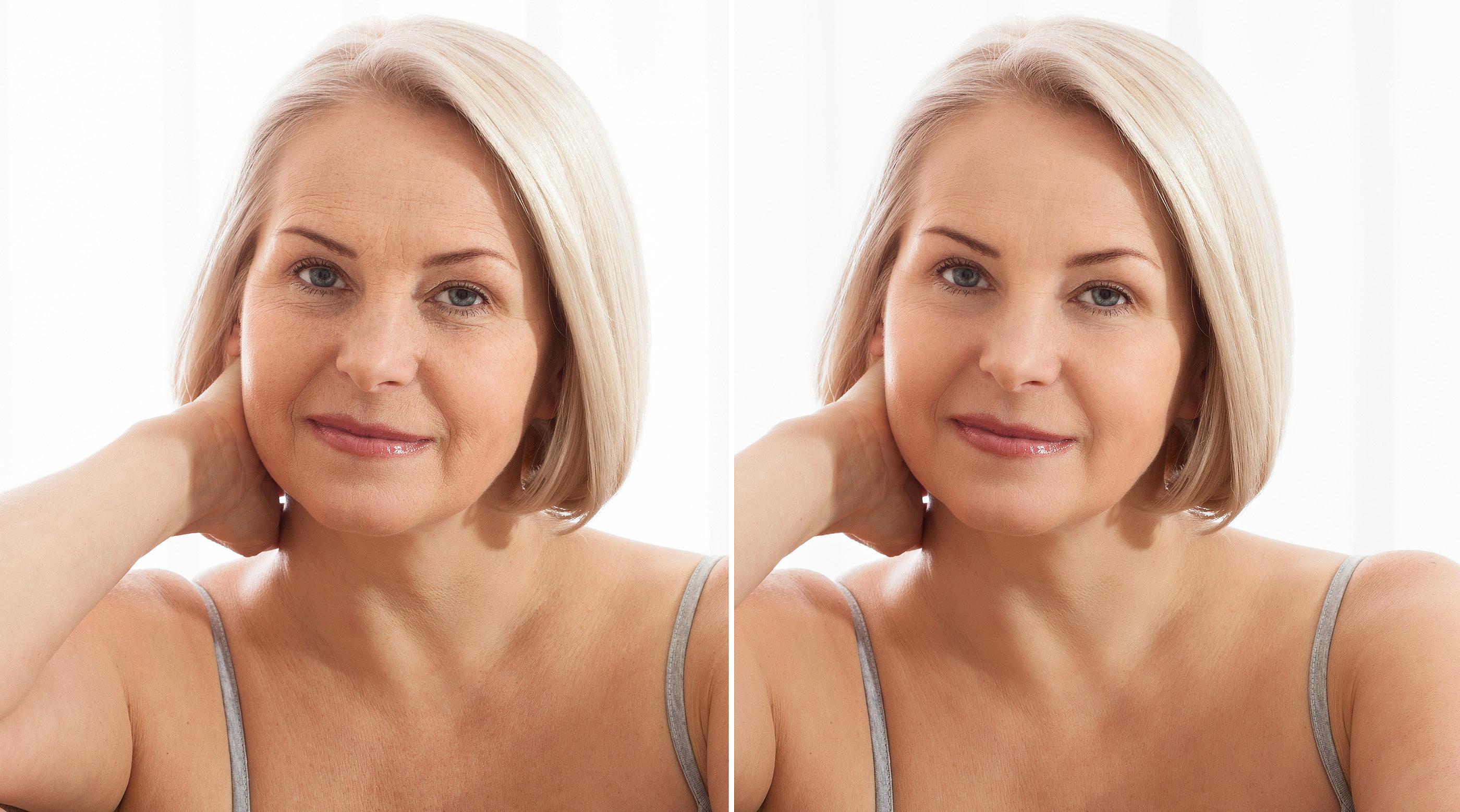
2 minute read
DOES ANYONE STILL GET FACELIFTS?
Yes. Facelifts are still a thing. In fact, surgeons have improved in their techniques so much in recent years, the once most-talkedabout Hollywood procedure seems to have vanished off our radars, along with the scarlines.
Why? Because it’s almost impossible to tell who has had one these days and the natural results are no longer tabloid fodder.
Advertisement

There’s a wave of plastic surgeons cultivating a new, and decidedly more subtle, approach to the face-lift and the techniques have become minimally invasive, requiring significantly less downtime - a week versus a month!
These surgeons are perfecting a new technique, dubbed the Deep Plane facelift, which differs from traditional facelift techniques and is said to be ‘ponytail friendly’ (incisions are a third the traditional length and are tucked far behind the ear).
The signature procedure of Dr. Jacono, is called MADE (minimal access deep-plane extended) and it involves a deep structural repair of the face, lifting the skin, muscles, and fat pads of the face as a unit, releasing the facial ligaments instead of peeling the skin away from its deep structure which puts tension on the skin and muscle layer of the face called the SMAS.
The incisions behind the ear allow patients to wear their hair up in a ponytail and are more discreet than previous procedures. The face is lifted vertically as opposed to earlier procedures which pulled back toward the ears, pulling at the corners of the mouth. The ‘pulled mouth’ look is a common telltale sign of a facelift and one that typically puts women off. The Deep Plane technique uses a vertical vector and recreates the heart-shaped face of youth.
In a Meta-analysis looking at 40,000 patient outcomes, the Deep Plane facelift complication rate of facial nerve injury was shown to be the lowest risk of all facelift techniques. This is big news for those wanting to freshen up their skin and avoid fillers, which when overdone, can actually stretch out the face causing it to droop more aggressively and can accelerate the ageing process.
By expanding the facial tissue, you have to add more with continual use because the face gets looser, which weighs the face down.

As surgery has evolved, so too has people’s relationship to procedures in general. Not only are people still going under the knife, but they’re also doing it younger than ever before.
The average age for a face-lift these days is 47, which is significantly lower than previous decades. The rise of social media may have helped provoke the shift by casting a new and omnipresent spotlight on appearance. Plus, people are living and working longer and wanting to maintain their youthful look and their results are often better compared to those doing a facelift procedure when they are in their sixties.







